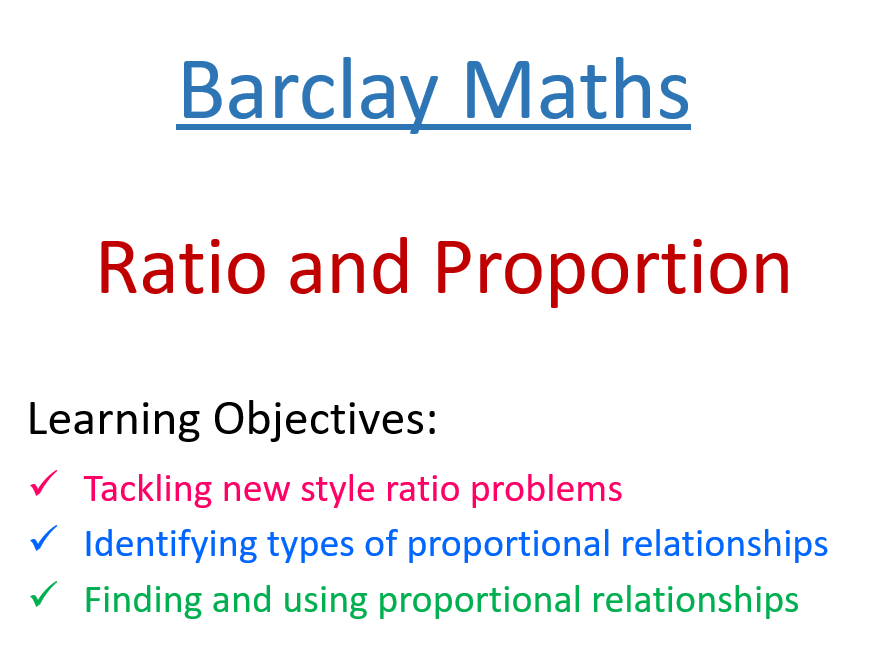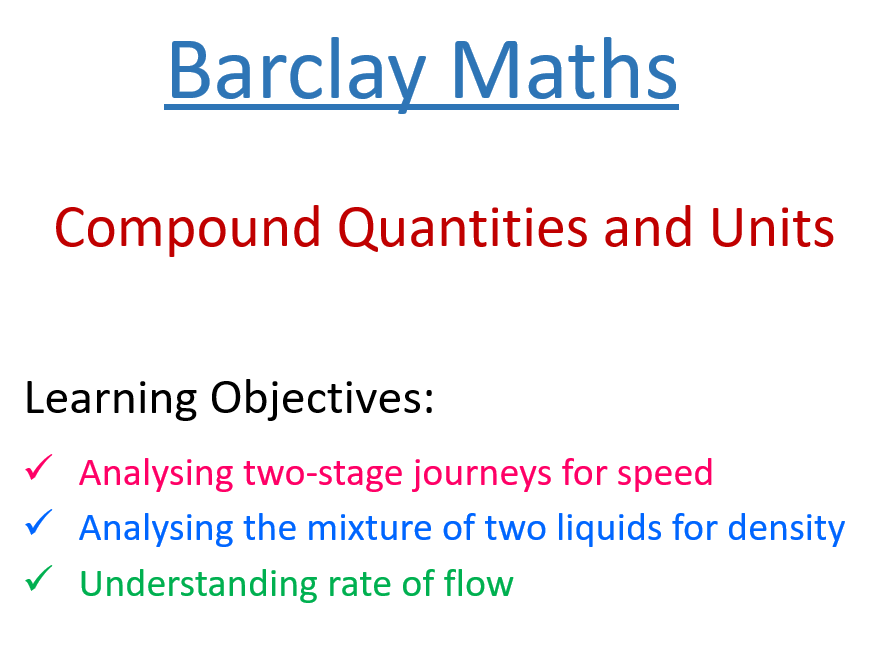Chris Barclay's Shop
Features of my lesson plans for KS3 and KS4 maths include sub-dividing topics into steps so that students develop one skill at a time, colour coded diagrams and explanations, worked solutions and putting the maths into real-life contexts. I am also focusing on different types of problem-solving questions and on questions where different topics are combined, say shape and algebra, probability and algebra, proportion and area. I welcome feedback and am open to suggestions for new lesson topics.





















